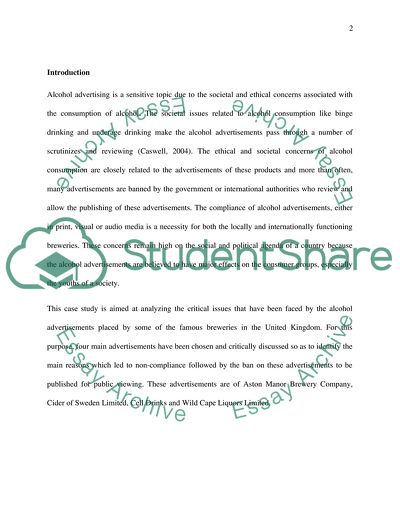Cite this document
(“Alcohol Advertising in the UK: A Critical Study of Ethical Issues and Case”, n.d.)
Retrieved from https://studentshare.org/social-science/1692048-alcohol-advertising-in-the-uk-a-critical-study-of-ethical-issues-and-debates
Retrieved from https://studentshare.org/social-science/1692048-alcohol-advertising-in-the-uk-a-critical-study-of-ethical-issues-and-debates
(Alcohol Advertising in the UK: A Critical Study of Ethical Issues and Case)
https://studentshare.org/social-science/1692048-alcohol-advertising-in-the-uk-a-critical-study-of-ethical-issues-and-debates.
https://studentshare.org/social-science/1692048-alcohol-advertising-in-the-uk-a-critical-study-of-ethical-issues-and-debates.
“Alcohol Advertising in the UK: A Critical Study of Ethical Issues and Case”, n.d. https://studentshare.org/social-science/1692048-alcohol-advertising-in-the-uk-a-critical-study-of-ethical-issues-and-debates.


